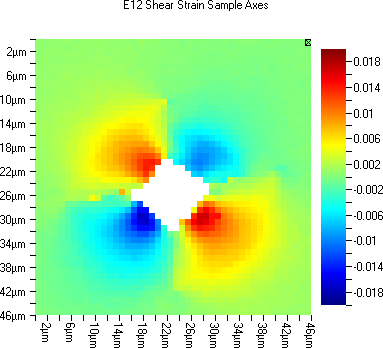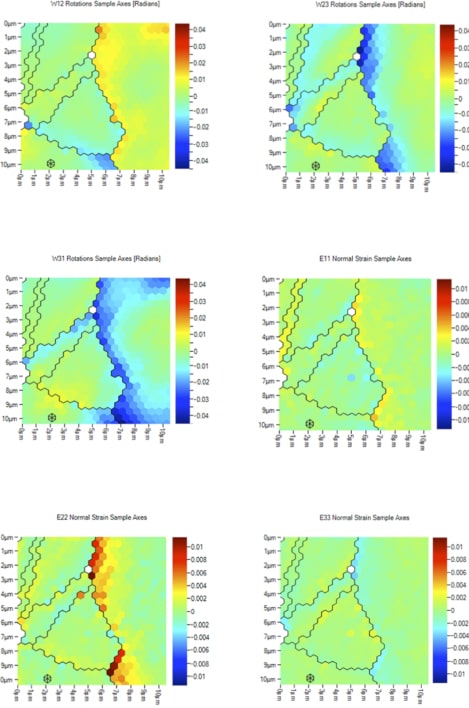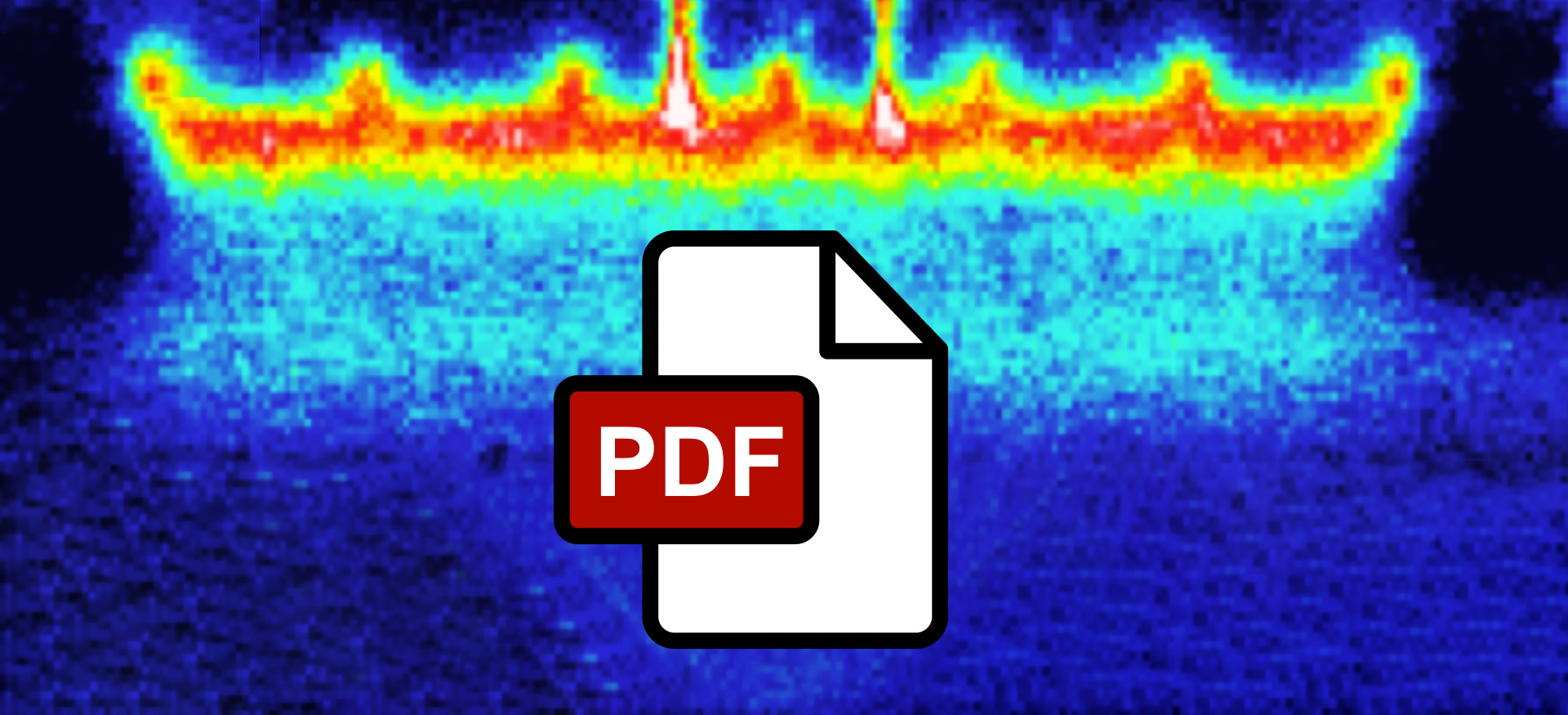CrossCourt 4 – HREBSD

What is HREBSD?
(High Angular Resolution Electron Backscattered Diffraction)
This technique measures strain on the nanoscale, due to atomic lattice distortions and rotations. It measures all 9 components of the elastic strain tensor. It measures evidence of plastic strain, maps of Geometrically Necessary Dislocations. It is considerably more sensitive in strain measurement resolution than conventional EBSD. CrossCourt 4 is software which extracts such microstructure data from diffraction pattern data acquired on a pre-existing EBSD detector. That is to say, this product is an adjunct to an existing SEM and EBSD system.

What is special about CrossCourt 4 HREBSD?
HREBSD is the only technique which can measure all 9 components of the elastic strain tensor to a strain sensitivity of one part in 10,000 with a spatial resolution of a few tens of nanometres. CrossCourt 4 is the only commercially available HREBSD software and is heavily proven and used by many leading microstructure researchers.
Very High Strain Sensitivity Measured With Nanoscale Resolution
CrossCourt 4 HREBSD has a strain resolution (sensitivity) of one part in 10,000. This is 2 orders of magnitude higher than regular EBSD. Tiny changes in lattice rotation are calculated by measuring shifts in the EBSPs (diffraction patterns) at different locations in the Region of Interest (ROI) of the sample. In the case of regular EBSD, such shifts can at best have a resolution of 0.5 degrees, whereas in HREBSD the equivalent angular resolution is 0.006 degrees. Using cross-correlation methods, shifts of only 1/10th or 1/20th of a pixel in the EBSD diffraction pattern can be measured.
Measures the full strain tensor and rigid body rotations.
The technique is unique in measuring all 9 components of the stress tensor, and rigid body rotations.
Maps Geometrically Necessary Dislocations (GNDs) with higher sensitivity
HREBSD GND density measurement has an estimated noise level of ~±1012 m-2 for a 200 nm step size; this is considerably more sensitive than the noise level of Hough based GND measurements at ~±1014 m-2. While it is possible to use standard EBSD to measure misorientation, at low misorientations the Hough transform does not preserve the angle of misorientation4 and is approximately 80 times less sensitive to lattice curvature than HREBSD methods.
HREBSD is a highly sensitive way of detecting the presence and density of GNDs. CrossCourt extracts lattice misorientation information from across the crystal using an extension of the HREBSD approach and from this calculates the partial rotation gradients. These gradients are then used within Nye’s equation to get a lower bound estimate of the number of GNDs present in the crystal.

Use your existing SEM/EBSD system

Most university Materials Science departments or SEM facilities have at least one SEM equipped with a conventional EBSD camera, for measuring microstructure, especially grain size and lattice orientation. This conventional EBSD does not provide any direct information on residual strain, stress or evidence of plastic strain but CrossCourt 4 adds this functionality. CrossCourt 4 HREBSD is a software package fully compatible with all leading EBSD cameras; no further hardware is needed. The most sensitive HREBSD results, however, can be got from EBSD cameras with frame heights of more than 1000 pixels.
Updates
Application Notes

Grain boundary strain in annealed nickel base alloy
A study using High Resolution (HR) EBSD to investigate anomalously high elastic strain measured near grain boundaries in an annealed sample of nickel based superalloy.
Read MoreGet in touch
Let us know if you have any questions and we’d be happy to help.



